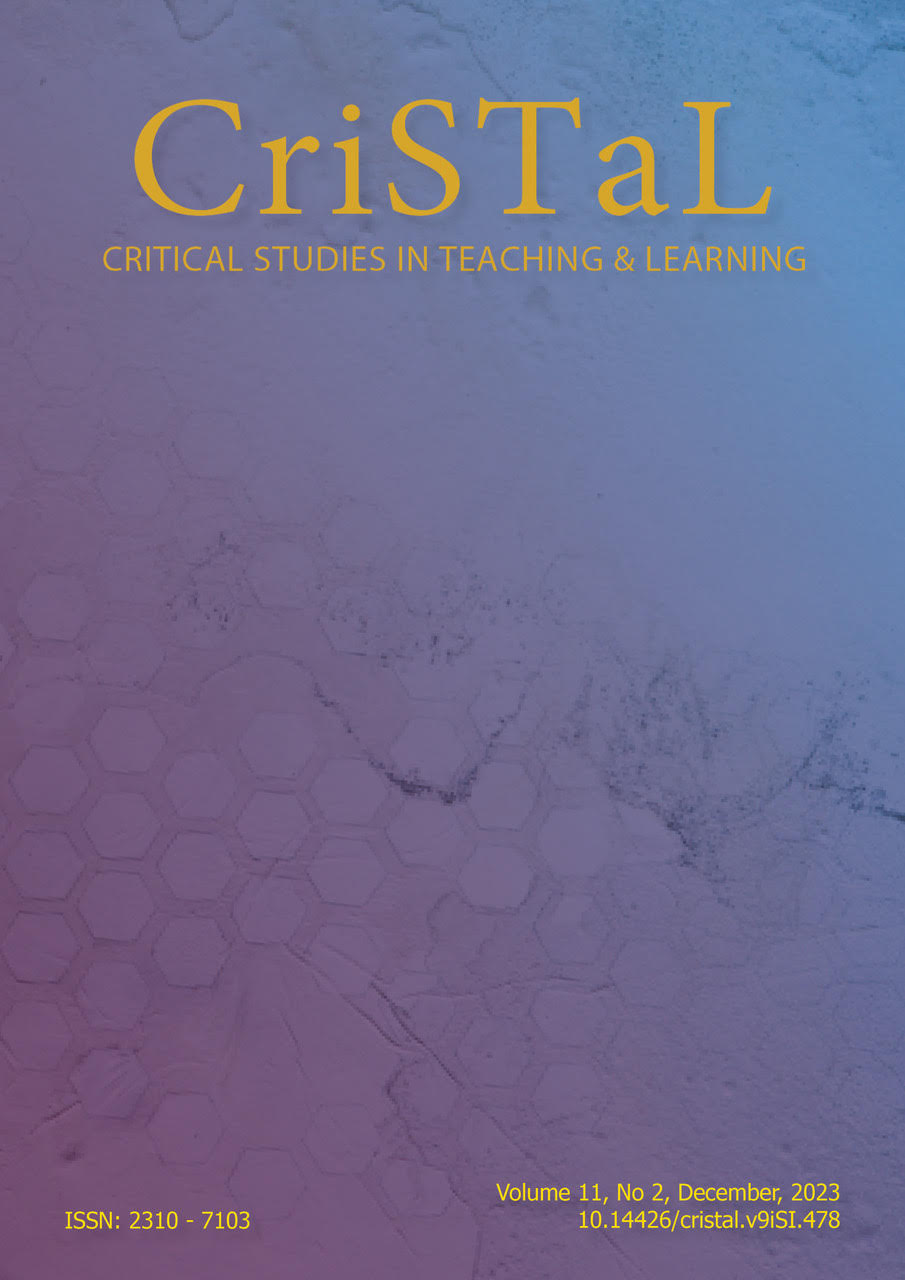Current Issue
Critical Studies in Teaching and Learning is a peer-reviewed journal that publishes scholarly articles and essays that describe, theorise and reflect on creative and critical teaching and learning practice in higher (university) education continentally and globally. The editors welcome contributions that are challenge hegemonic discourse and/or reconfigure higher education teaching and learning. We invite and well-researched, whether they are analytical, theoretical or practice-based, as well as contributions that deal with innovative and reflective approaches to higher education teaching and learning. We are particularly interested in articles that have relevance to the South African educational context.
Announcements
CriSTaL migration to a new server
CriSTaL migration to a new online platform
Greetings to you all. The editorial team of CriSTaL in consultation with the University of Western Cape (UWC) library migrated CriSTaL to a new server maintained by the UWC library.
The journal landing page will remain the same: www.cristal.ac.za, however, the new site will be hosted on https://epubs.ac.za/index.php/cristal/. The site looks the same as it has always done and provides same functionalities.
In the course of migrating the existing user database from the old to the new server, you will have received an email from CriSTaL with your login details. If you cannot locate this email and you are struggling to login, please email cristaljournal@gmail.com
We look forward to your continued support to CriSTaL,
On behalf of the Editorial Team
More…


